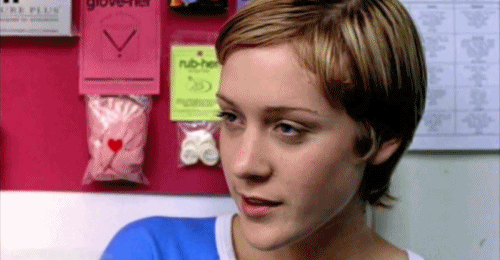Paola Di Bello
Concrete Island, 1996-2002
Your photographic work explores the relationship between modern human life and urban experience or situations that forces us to come face to face with our preconceptions. What, in particular, are you challenging in these often overlooked and accepted habits?
I could define my work as an attempt to confront common and public places. I find a huge interest in uncovering habits taken for granted, acquired and accepted. I often find answers in realistic situations that reveal the deception of preconceptions.
Concrete Island, 1996-2002
Bildung, 1995-2003
Bildung, 1995-2003
Bildung, 1995-2003
Do you find yourself encountering any recurring problems when aiming to make the invisible visible?
“We are more closely linked to the invisible rather than to the visible", the poet Novalis once said. I always really loved this idea, so I do not feel forced, but fatally attracted to it.
Framing, 2009
The works in Concrete Island and They face very severe penalties are presented in disorienting angles where the subject is rotated in a manner to reaffirm or confront its identity, whether it is a neglected object or a homeless person. This position allows for a more human aspect to the documentation. Do you approach this angle as exclusively your own perspective or, rather, a raw, objective outlook?
I believe that certain journalistic and documentative photographs don’t hit our attention anymore, neither arouse any emotion or reflection, and are indeed marginalized by our act exactly as we do when we see a homeless person. We usually turn the other way when they ask us for alms at traffic lights or in subways. The vertical rotation of the image becomes a way to express overcoming preconceived visions. The changing point of view determines a visual surprise that rearranges to a full reading of the phenomena. I want to start from common places, and open spaces of indeterminacy inside of them in order to show a second chance of reality.
Concrete Island, 1996-2002
Concrete Island, 1996-2002
How did you come to find yourself taking portraitures and photos of the often neglected? Did anyone or anything serve as inspiration?
Many things and many people inspired me, but certainly Georges Perec and his way of looking at seemingly minor things. "What happens, and is being repeated every day, the mundane, the everyday, the obvious, the common, the ordinary, the infra-ordinary, the background noise, the usual, how to be conscious, question and describe it? "My work is an ongoing attempt to gather consciousness, interrogate and describe.
Fuoricampo, Napoli, #05
Fuoricampo, Napoli, #09
Concrete Island, 1996-2002
As a photographer, you share your views and interpretation of the world. How does this translate to lecturing for photography?
I think that photography is a key element in order to express our needs today. Especially when it shows how society, the public and social sphere, resonate in our private lives; but also when we, as authors, transform our private space into something that has public and social value. I’m still tied to an old slogan, “the private is political”.
Images courtesy of Paola Di Bello
What to read next










